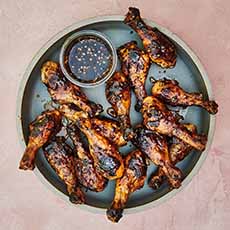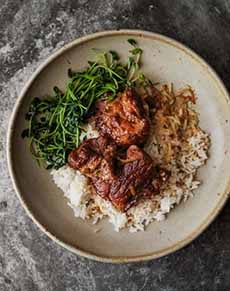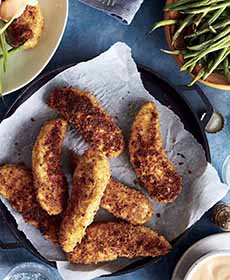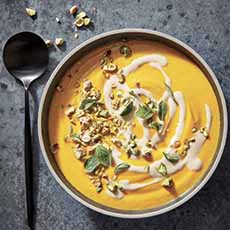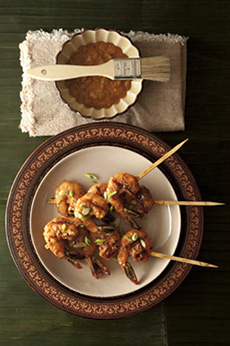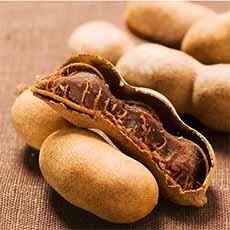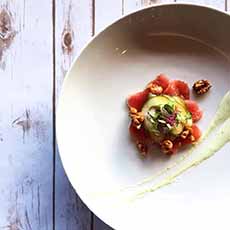TIP OF THE DAY: International Sauces On Everyday Favorites ~ Part 3 Of 3
|
March is National Sauce Month. Here’s the finale to our three-part review of international sauce options that will shower new flavors upon your everyday chicken, fish and other main courses. Thanks again to Flavor & The Menu, a resource for restaurant chefs nationwide, offers 12 global sauces for you to try. They range from mild to spicy—and of course, you control the level of heat in your own kitchen. Some are thin like marinade, others are pastes that can be thinned with broth, oil or water. Of the 12 flavors in this article, savory caramel was the newest concept to us. We’ve always known caramel as a very sweet dessert sauce or candy. But there’s more than one kind of caramel, we discovered, depending on how long it is cooked and how much sugar is added. In fact, salted caramel, which has become a standard sauce and candy flavor over the last decade, has led to the fusion of savory Asian caramel: both miso caramel and soy caramel. Adding umami flavor to the savory caramel, both of these can be used in savory preparations as a dip, glaze and sauce. They can be added to sweet preparations as well—cookies, cakes and other desserts—to add a toasty, nutty flavor. An addition you might like in your savory caramel: chile heat. Flavor & The Menu spotted these preparations: And try this Savory Citrus-Caramel Sauce recipe. Familiar to every hummus lover, tahini, made from toasted, ground sesame seeds, is moving beyond hummus and other Eastern Mediterranean dishes. Tahini is plant-based and nut-free, making it attractive to use in these trending cuisines. Think creatively, and use tahini like these chefs do: Beyond hummus: Check out these 18 modern recipes with tahini. The tamarind tree produces pod-like fruit that contains a brown, edible pulp used in cuisines around the world (photo # 11b). Its flavors are pungent, sour and sweet: a complex layering with an exotic touch. Tamarind paste is used broadly, in beverages, chutneys, curries, dips, rice dishes, stews and more. Cooking tip: Tamarind paste is and often combined with dried fruits to achieve a sweet-sour tang. In the U.S., tamarind is most frequently found in Indian and Thai cuisines. Tamarind sauce, made from tamarind paste* is being used by U.S. chefs here as a high-impact ingredient for global mash-up versions of applications like glazes for chicken wings or ribs, drizzles for tacos and sauces for seafood dishes. Flavor & The Menu spotted: And now, the conclusion to our 12-sauce global adventure. Yogurt-based sauces have been common in the U.S. for decades: in Greek, Indian and Middle Eastern cuisines, and more recently into vegetarian preparations and cuisine moderne. Think of tzatziki and raita, two simple-to-make, low-calorie sauces and dips. Yogurt-based sauces was included in the article because Flavor & The Menu noticed an increase of preparations by chefs nationwide. Chefs are putting new spins on classic yogurt sauces, adding heat with sriracha or harissa, adding heat and smoke with chipotle or guajillo chiles. They’ve found dishes like: Just look in your fridge or pantry for inspiration. *Tamarind sauce is typically a blend of tamarind pulp or paste with fresh ginger, garlic, sugar, sambal, Thai fish sauce and soy sauce. |
|
|
|
|
||
